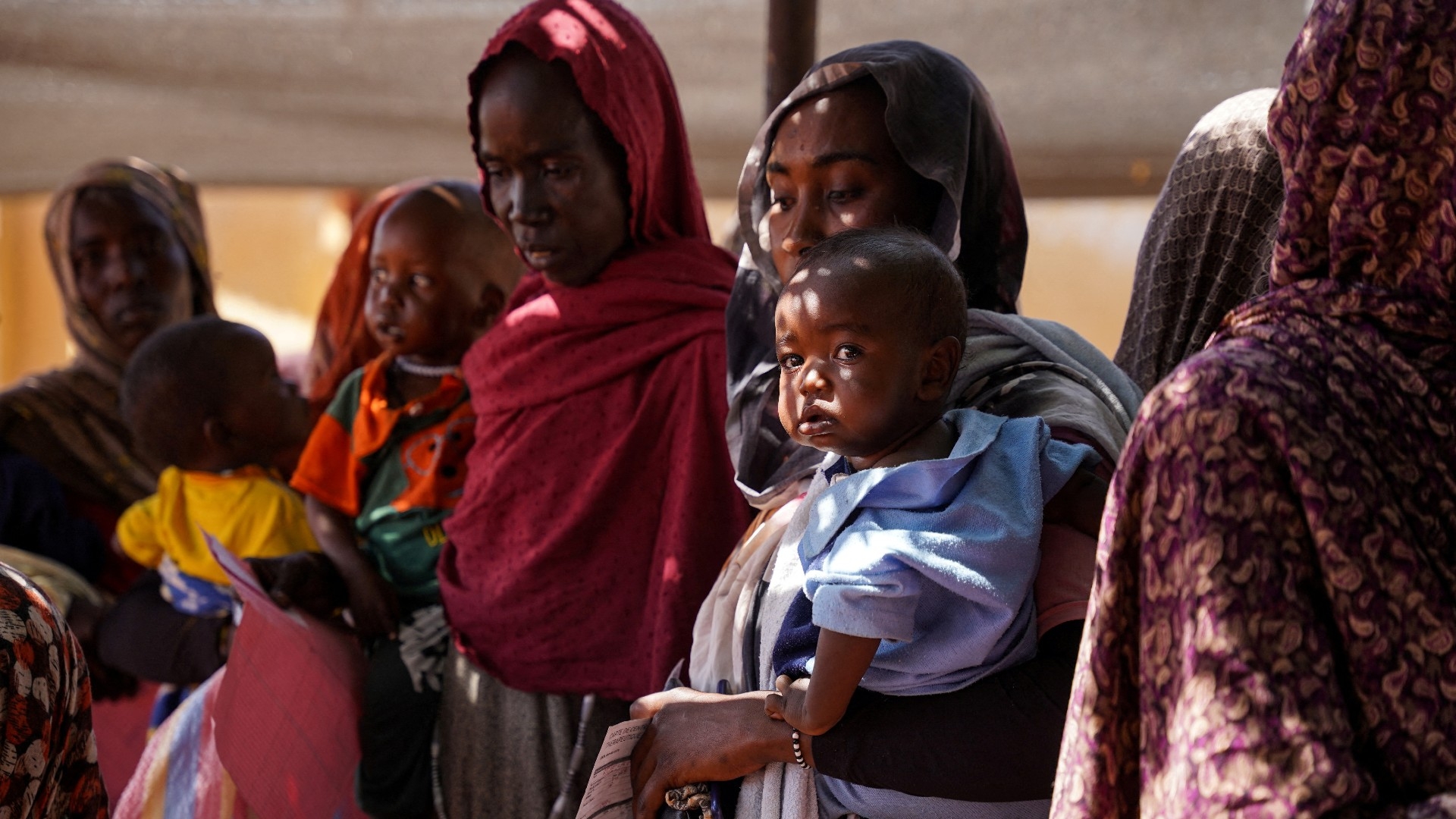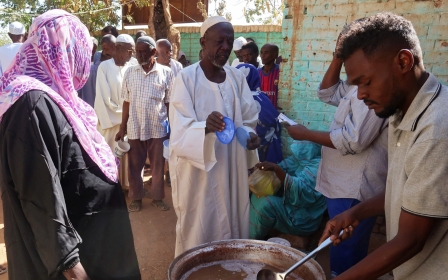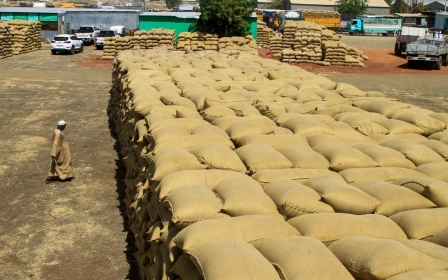Sudan: Famine persists in displaced camp in Darfur, says global hunger monitor

A global food monitor has found that famine has taken hold at a camp for displaced people in Sudan 's North Darfur and is likely to spread to other parts of the region.
In its report, the Famine Review Committee (FRC) concluded that famine was occurring in the Zamzam camp that shelters an estimated 500,000 International Displaced People (IDPs), and is likely to persist there at least until October.
According to the report, famine conditions have prevailed at the camp as of June and July in Zamzam, which lies near North Darfur’s capital, El-Fasher.
“The FRC found that two out of three critical requirements to classify Famine - acute malnutrition and mortality rates - have been surpassed, confirming Famine, based on reasonable evidence,” the report read.
Famine is determined by the Integrated Food Security Phase Classification (IPC), the UN’s hunger monitoring body and the main global reference for assessing the severity of food crises.
New MEE newsletter: Jerusalem Dispatch
Sign up to get the latest insights and analysis on Israel-Palestine, alongside Turkey Unpacked and other MEE newsletters
When the IPC identifies an area experiencing famine, the FRC, a panel of experts, is activated to review the IPC’s findings.
This is just the third time the IPC has made a famine determination since the system was implemented 20 years ago.
According to the report, the population of Zamzam has swelled to half a million in just a few weeks, after the camp absorbed almost half of the 320,000 people believed to have been displaced in El-Fasher since mid-April.
The experts identified conflict and restricted humanitarian access as drivers of the famine conditions.
The designation comes over a year after the start of a war between the Sudanese Armed Forces (SAF) and the paramilitary Rapid Support Forces (RSF), which has caused mass displacement and a rapidly deteriorating food security situation.
“Famine conditions will only worsen and be further prolonged if conflict continues and humanitarian and full commercial access is not made possible,” the report warned.
The experts said their analysis was limited to Zamzam due to limited data but emphasised that other areas of the region, particularly the Abu Shouk and al-Salam camps, were also potentially experiencing famine and would remain at risk as long as the war continues.
In May, the Dutch think-tank Clingendael Institute warned that 2.5 million people in Sudan could die from hunger by September 2024, with 15 percent of the population of Darfur and Kordofan likely to be the worst affected.
Middle East Eye delivers independent and unrivalled coverage and analysis of the Middle East, North Africa and beyond. To learn more about republishing this content and the associated fees, please fill out this form. More about MEE can be found here.




